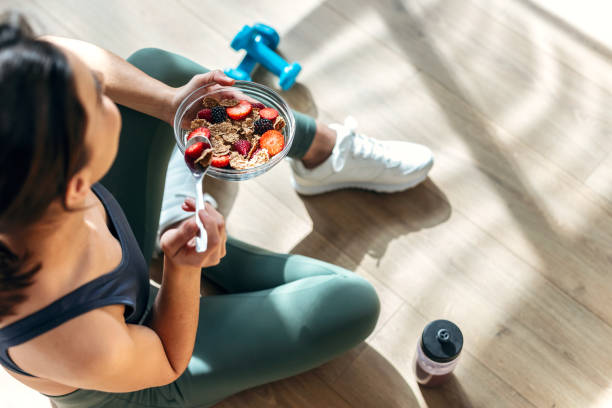Combining physical therapy and nutrition to improve mobility and lower flareups
Combining targeted physical therapy with tailored nutrition strategies can reduce pain, preserve joint function, and lower the frequency of inflammatory flareups. This article outlines evidence-informed approaches that support mobility while addressing underlying drivers of chronic inflammation.

Combining physical therapy and nutrition can change how people experience chronic inflammation, helping reduce swelling and preserve mobility over time. Integrating targeted rehab exercises with dietary choices that influence the immune system, oxidative stress, and the gut microbiome creates complementary pathways for lowering flareups and improving joint function. Practical strategies can be adapted to individual needs and medical conditions while monitoring progress with clinical markers and functional outcomes.
How does nutrition influence immune response and swelling?
Nutrition affects immune activity and tissue swelling through calorie balance, macro- and micronutrients, and specific bioactive compounds. Diets high in processed foods and added sugars can promote low-grade chronic inflammation, whereas whole-food patterns help regulate immune signaling. Adequate protein supports tissue repair after rehab sessions, while vitamins and minerals (for example vitamin D, zinc, and antioxidants) help control oxidative pathways that contribute to ongoing swelling. Consistent, balanced nutrition also supports energy for exercise programs that target mobility and joint stability.
What roles do omega3, curcumin, and the microbiome play?
Omega-3 fatty acids and curcumin are commonly discussed for their inflammation-modulating effects. Omega-3s can influence cell signaling in immune cells and reduce production of some pro-inflammatory mediators, while curcumin has antioxidant and anti-inflammatory properties that may complement other interventions. The microbiome shapes immune responses systemically; diet patterns that support diverse gut bacteria—fiber-rich vegetables, fermented foods, and reduced ultra-processed intake—can indirectly affect inflammation and flare risk. These agents are supportive tools, not cures, and their effects vary between individuals.
How do exercise and rehab improve mobility and joint health?
Exercise prescribed in a physical therapy setting focuses on restoring range of motion, building strength around joints, and improving neuromuscular control to reduce mechanical stress. Progressive loading, mobility drills, and functional training help redistribute forces away from vulnerable structures and can reduce pain during daily activities. Rehab that balances mobility work with strengthening and endurance training also helps limit deconditioning that can worsen chronic swelling and loss of function. Therapists often tailor programs to symptom patterns, advancing intensity as inflammatory markers and functional tolerance permit.
Can sleep, stress, and oxidative biomarkers predict flareups?
Sleep quality and stress management have direct links to immune regulation and oxidative stress. Poor sleep and chronic psychological stress increase inflammatory signaling and can raise biomarkers associated with oxidative damage, which in turn may increase the likelihood of symptomatic flareups. Tracking simple metrics—sleep duration, perceived stress levels, and activity tolerance—alongside clinically available biomarkers can help identify triggers and inform adjustments in both nutrition and rehab plans. Addressing lifestyle factors often amplifies the benefits of exercise and dietary changes.
How to combine approaches safely for chronic conditions?
A coordinated plan starts with assessment: physical therapists evaluate joint mechanics and mobility limitations, while nutrition professionals review dietary patterns and potential nutrient gaps. Combining interventions means synchronizing exercise load with nutrition that supports recovery—adequate protein intake after rehab sessions, and anti-inflammatory nutrients timed to meet recovery needs. Monitor for interactions, for example some supplements can affect medication metabolism or bleeding risk. Regular follow-up with healthcare providers allows adjustments based on symptom patterns, mobility progress, and any relevant biomarkers used in clinical care.
This article is for informational purposes only and should not be considered medical advice. Please consult a qualified healthcare professional for personalized guidance and treatment.
Conclusion
Integrating physical therapy and focused nutrition creates a dual pathway to improve mobility and reduce frequency of inflammatory flareups. Nutrition can influence immune signaling, oxidative stress, and the microbiome, while rehab restores function, strength, and movement patterns that protect joints. Addressing sleep and stress, monitoring response through functional measures and biomarkers when appropriate, and coordinating care among providers offers a structured approach for long-term management of chronic inflammation and joint-related mobility challenges.






